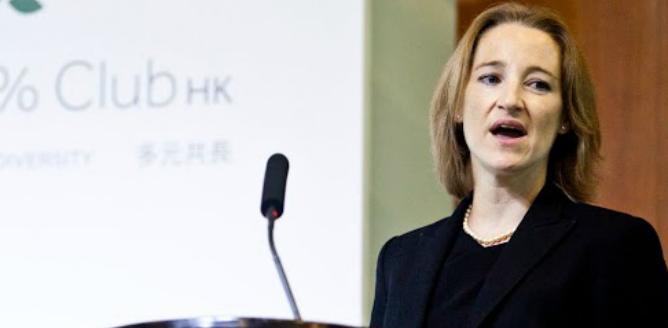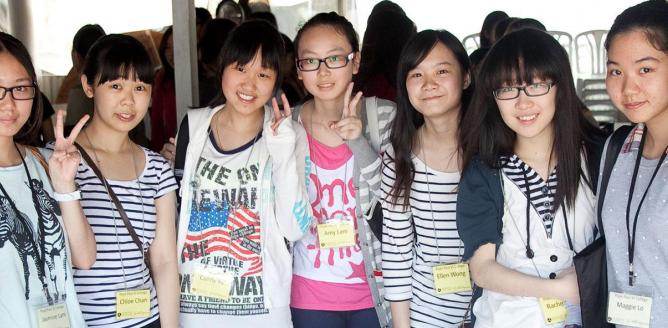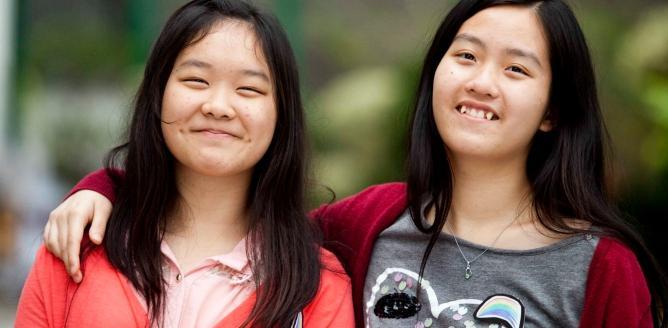“Gender equality is more than a goal in itself. It is a precondition for meeting the challenge of reducing poverty, promoting sustainable development and building good governance.” — Kofi Annan, former UN secretary-general
We are failing billions of women and girls to reach a fair future, according to the SDG Gender Index – the first global index that measures the state of gender equality globally. Nearly 2.8 billion women and girls, or around 80% of the world’s female population, live in countries with substandard levels of gender equality, ranging from “poor” to “very poor”, a new report from Equal Measures 2030 shows.
The Index measured progress in 129 countries in reaching gender equality based on 14 of the United Nation’s 17 Sustainable Development Goals (SDGs). These include issues spanning health, gender-based violence, climate change and decent work, among others. The SDGs were established in 2015 in an effort to boost global living standards for women and girls by 2030.
However, the report shows no country in the world has yet “achieved the promise of gender equality” nor is on track to achieve it by 2030. The top scoring country, Denmark, got scored 89.3 out of 100 – still below the score of 90 or more to be considered making “excellent” progress.
Asia-Pacific has an average regional index score of 64.6, which is considered “poor” in the index scoring system. Only three Asia-Pacific countries – Australia, Japan and New Zealand – are in the top 25, with “good” overall index scores. China is ranked at No. 74, behind Indonesia (69) and the Philippines (73).
There are paradoxes. Although Asia-Pacific countries like New Zealand, South Korea, Taiwan and Thailand have elected female heads of government, the region is the world’s second worst performer in terms of women’s ability to rise to the top ranks of national governments. Only three countries in the region – Indonesia, New Zealand and the Philippines – are half way to achieving the target of full gender parity in ministries or senior government positions.
The index gives us a hopeful message about the power of international efforts and public investment. We can use this index to shine a spotlight on gender equality, using data to systematically track whether, where, and how quickly the goal of gender equality is being achieved.
The Equal Measures 2030 report also serves as a wake-up call for all of us – government, business and community leaders— to push harder for gender equality. In Hong Kong, we need to strengthen partnerships and collaborations between and across sectors to tackle critical issues women and girls face across the city: correcting the gender pay gap, tackling the motherhood penalty, addressing the low female workforce participation rate, and ramping up efforts to increase the number of women in leadership positions, to name just a few. TWF is working on all of these issues (and more!) through our wide range of cross sector programmes, our collaborative research projects, and our education and advocacy initiatives.
We have 11 years until 2030. Let’s make the most of this time, together, to close Hong Kong’s gender gap.
Get in touch at Fiona.Nott@twfhk.org.





















